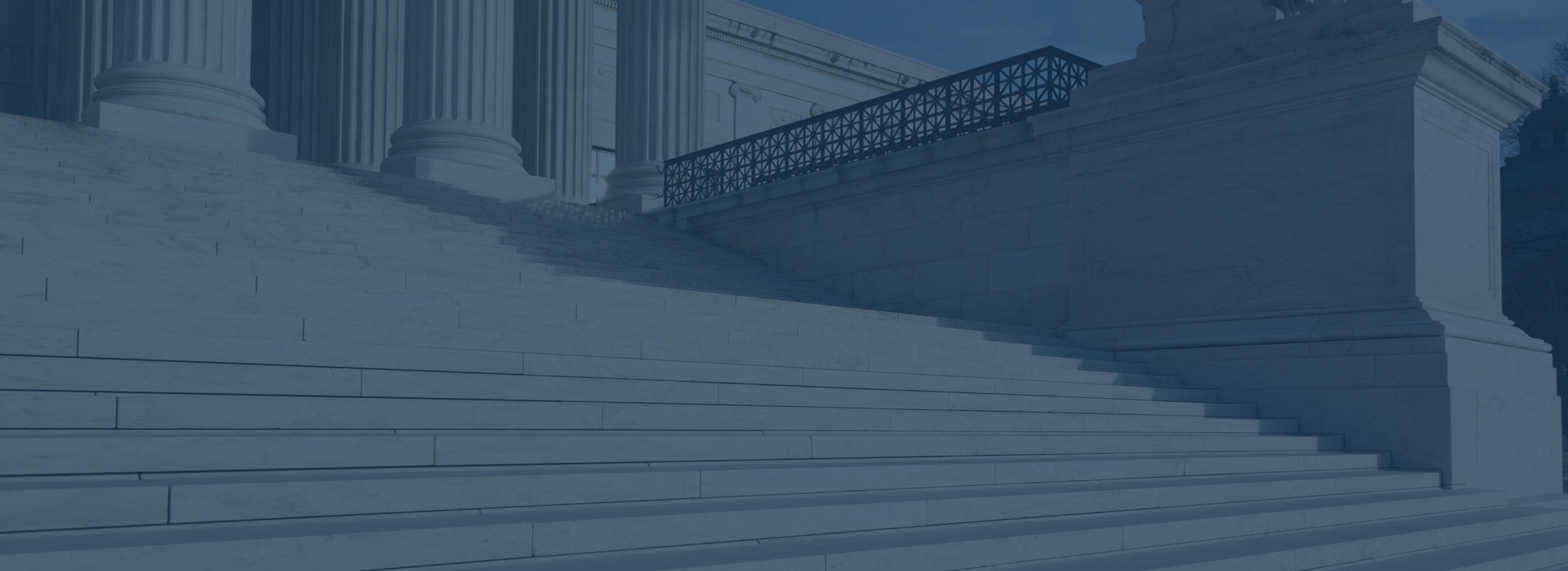For the first time, the New Mexico Supreme Court has confirmed that electric rates established by New Mexico electric cooperatives are subject to New Mexico’s Public Regulation Commission’s (“PRC”) review and approval. Prior to this decision, under New Mexico’s Public Utility Act, rural electric cooperatives rates generally went into effect as soon as the cooperative proposed them and without review…

Supreme Water Law of the Land: SCOTUS Holds Vague Federal Interests Take Precedent Over States’ Water Interests
In a remarkable decision, the Supreme Court of the United States (“SCOTUS”) rejected a settlement agreement between New Mexico, Colorado, and Texas regarding a long-standing legal battle over use of waters from the Rio Grande. In Texas v. New Mexico and Colorado,[1] the Court held that federal interests in interstate waters can take precedence over an agreement between the three…
New Mexico District Court Declines to Wade into Juliana Justiciability Waters
The First Judicial District New Mexico Court for Santa Fe County’s (“New Mexico District Court”) recent decision denying the State’s motion to dismiss in Atencio, et al. v. State of New Mexico provides little to no insight into the viability of the claims in this case. However, recent, related decisions out of the Ninth Circuit may provide a preview of…
Alabama v. California Bill of Complaint Summary
Actions That Led to the Complaint To date, the U.S. Supreme Court has largely declined to address climate change liability cases, and federal judges have consistently remanded these cases to State court. This trend could potentially shift in the coming months. A certiorari petition is currently pending in the Hawaii State court case, Sunoco LP v. City and County of…
Quad Workout: Compliance with EPA’s New Methane Regulations
As all serious skiers know, consistent year-round quad, leg, and core workouts are critical to maximizing a fun, rewarding, and safe ski season. For the oil and gas industry, there is a new quad workout that demands even more attention and dedicated work to ensure compliance and minimize enforcement risk: EPA’s new methane and volatile organic compound (“VOC”) rules under…
Federal Onshore Oil and Gas Leasing Win
A Washington D.C. federal judge upheld the Bureau of Land Management’s greenhouse gas and climate impact analysis, conducted in connection with six 2022 federal onshore oil and gas lease sales. A coalition of environmental plaintiff organizations sued to challenge several aspects of the lease sales, seeking to: (1) set aside BLM’s environmental analyses; (2) require BLM to issue an Environmental…
Participating but Not Paying: A review of the remedies for nonpayment of JIBs
In the oil and gas regulatory environment, operators are familiar with the following increasingly common pattern. As part of the process of pooling the working interests in a drilling and spacing unit (“DSU”), an operator sends AFEs and election letters to working interest owners and other parties with interests in the DSU. A non-operator signs and returns its election letter,…
Beware the Camel’s Nose Under the Tent
EPA’s New Climate Enforcement Policy and Third-Party Monitoring Program Is EPA’s new third-party methane super-emitter monitoring and reporting program the camel’s nose under the tent? In the classic fable, on a cold night, a camel asks his owner if he could put his nose inside the owner’s tent to keep warm; and through a series of seemingly modest incremental requests,…
BLM Rulemakings: What to Expect in 2024
Federal leaseholders should expect to see a series of final rules issued by the Bureau of Land Management (BLM) in 2024, aimed at updating BLM’s land management and environmental regulations. While many of the underlying proposed rules were labeled as “updates” to existing regulations, they each contain potential hurdles to federal oil and natural gas development and access to new…
Two Recent Federal Court Decisions Impose Significant Limits on Plaintiffs’ Sweeping Lawsuits Against the Federal Onshore Oil and Gas Program
Since 2015, the environmental plaintiff industry has been filing sweeping lawsuits challenging the federal onshore oil and gas program. The scope of these lawsuits, and the judicial relief requested, raise significant constitutional issues on plaintiff organizations’ legal viability to bring such programmatic challenges. Examples include a lawsuit against every single federal oil and gas lease sale in five states dating…
